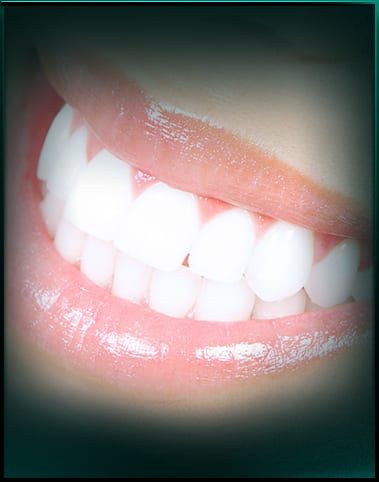The Mouth
Culturally significant, often adorned with lipstick or piercings, the mouth is an important and unique structure in human health. It is composed of a complex set of organ systems that function both independently and concertedly in a multitude of processes. Due to its anatomic positioning, it is in intimate physiologic relationships with the throat, lungs, nose, ears, eyes, vocal cords, sinuses, brain, lymphatics, circulatory, digestive, and nervous systems.
Because it is a main portal of entry into the human body, beginning with the first breath, the mouth becomes one of the passageways for the exchange of air during respiration, an entrance for toxins and pathogens, as well as, the gateway to human nutrition. It houses the sense of taste and the beginnings of the digestive process. The mouth, tongue, and throat are the framework for communication, modulating the sounds and phonetics necessary for speech. Adaptive, uniquely specialized, and highly innervated musculature provides it with the ability for non-verbal communication as an emotional display for socialization and affection. Additionally, many medical disease processes often display oral signs first, making the mouth a barometer of signs and symptoms.
The mouth is a reservoir or ecosystem for one of the most diverse colonies of microorganisms in the human body, the human oral biome, comprised of fungi, viruses, protozoa, and over 250,000 species of bacteria; overall, about 6 billion organisms. This colony of microorganisms is responsible for both health and transmission of disease. Because of the mouth-body connection, mouth organisms have the potential to impact all body systems and can contribute to chronic whole body inflammation.

